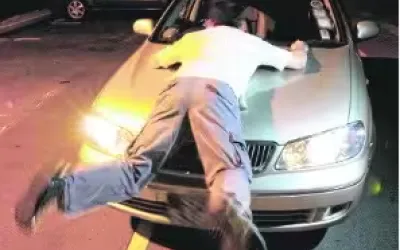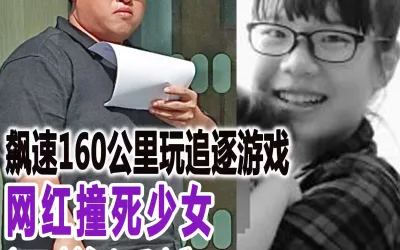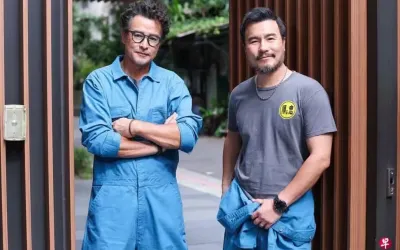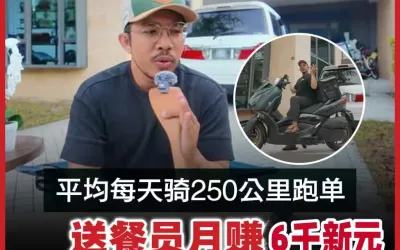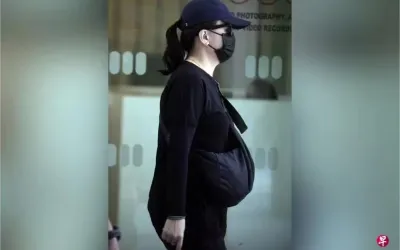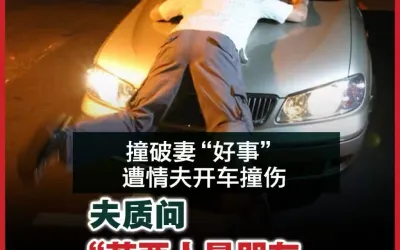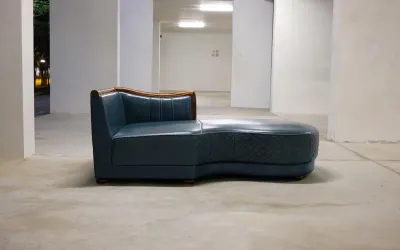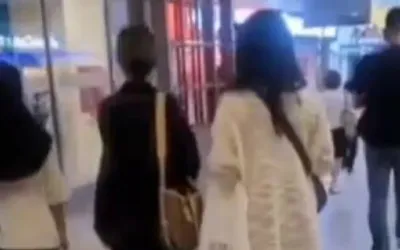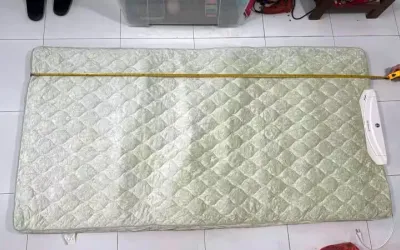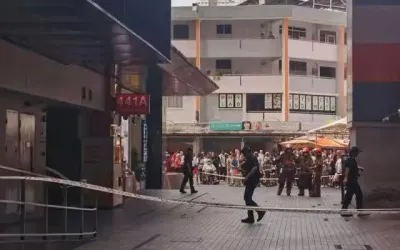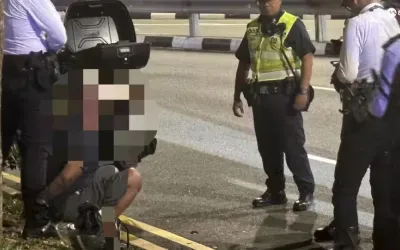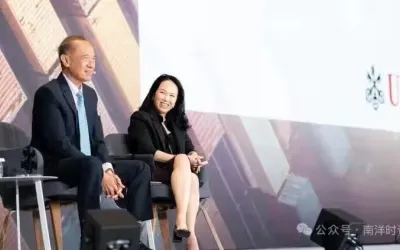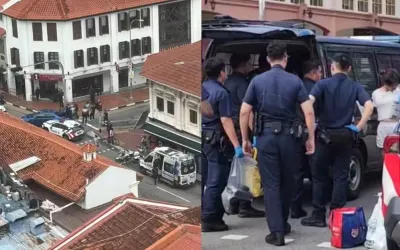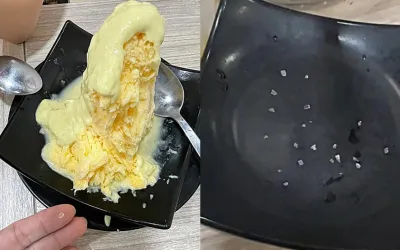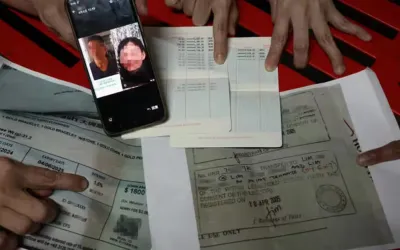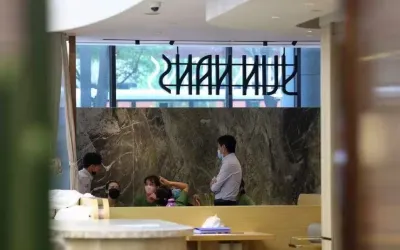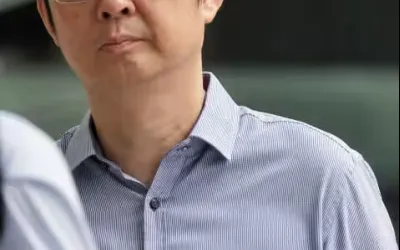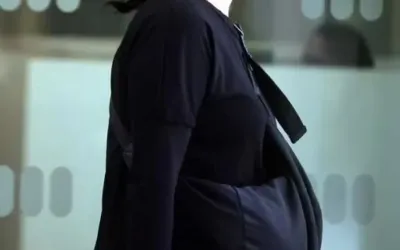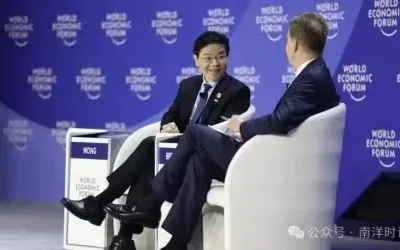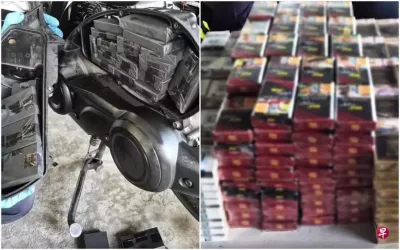But this process is best done in discussion with the service ambassadors and the mechanics at the workshops so that the vehicle owners understand what are the trade-offs, what are the options, before the OBU installation.
Sir, another important point I wish to reiterate is that we have designed the system such that no matter where you choose to put your processing unit, which is a personal choice subject to technical feasibility, regardless of where you put the processing unit, the workflow is such that you do not need to remove your card while you are driving.
So, even if you do not sign up for auto top-up and you need to manually remove and do a manual top-up, you can do that after the car is parked. You do not need to do it while you are in the driver’s seat, while you are driving. So, when you are driving, you do not need to remove the card from the processing unit. That is our design paradigm. That is our design philosophy. So, that is why we introduced some of these additional features to make it such that you do not need to remove the card while you are driving, for safety and for convenience.
Sir, I think the point I wanted to highlight is also that this process is quite a complex one. It takes a few years, involving different workshops, different vehicle makes. So, I just want to register my appreciation to our partners from the industry, the workshops, the motor dealers, our mechanics and also our staff and our partners who are serving as service ambassadors. It is a lot of hard work for them. They have to engage the vehicle owners, explain the options to them. But I think this is an important part of the overall installation process – so that people are clear what are their options, so that when they go in and they choose a certain configuration, they understand what are the trade-offs, what are the pros and cons.
Dr Lim also asked about the one-piece OBU, which is for the motorcycles. Sir, we have explained this before, but allow me to reiterate the reasons why we cannot do this for cars and commercial vehicles, compared to motorcycles. If you think about the physics of it: in an enclosed environment with glass, it is like a greenhouse. You do have a greenhouse effect, which will cause the interior of the car, in an enclosed space, to be warmer. Temperature is higher.
We have done some testing, measuring. I just read one article from AsiaOne and I think they also did their own measurements. And it is quite clear from all the various measurements that we have done, that the footwell, whether passenger side or driver side, the temperature there is significantly lower than the temperature on the dashboard during a hot sunny day. So, the ambient temperature, if it is about 35 degrees, for the motorcycle it is pretty much that, because it is not an enclosed space.
But for the footwell, it could go up to about 38 to 39 degrees, because it is an enclosed space. But on the dashboard, it will go as high as 50 to 52 degrees. With this kind of temperature, if you were to put a single-piece OBU – that means the antenna, the display and the processing unit, all on the dashboard – there is a risk that it could overheat. And then it will affect the functionality of this unit.
You could design it such that there is cooling, there is a fan inside, but that will make it very bulky and I do not think motorists will want a very big and bulky one-piece unit on their dashboard. It will not be the right design. By splitting it up, we give motorists the option of deciding whether or not you want the display, because it is not part of the same piece; you can choose, it is optional. And you can also choose where to put your processing unit.
In some vehicle makes, the dealer actually recommended that one of the options available is that you can also put it below the driver’s seat, if you prefer not to see it. So, that is a possible option. They are offering that to their customers. And because we have now designed the process such that you do not need to remove your card while you are driving, actually that option is now possible, viable. It will not cause inconvenience to the driver and if that is what the drivers prefer, they have that option to choose from.
Sir, Dr Lim also asked about the survey. Yes, certainly. I think I mentioned in my main reply, we will continue to gather feedback from motorists, from the mechanics at the workshops, from our service ambassadors for how we can further improve the user experience, how we can further improve our communications.
And lastly, Dr Lim asked me about my own experience. Sir, I think like many of the early adopters, I also experienced some concern about not being able to reach the card conveniently if I have to use complimentary parking tickets. That is why, I was very happy when LTA developed that feature where I could just deactivate the card by pressing a button on the touch-screen display. I can do that very conveniently now; I do not have to take my card in and out.
There are also other features that we have given feedback to LTA from the group of early adopters. I think that is a continuous process for improvement and I want to thank our early adopters as well, for their inputs, for their feedback, and if amongst them, any of the early adopters feel that they now want to switch their configuration. For example, because previously we only allowed them to put it on a passenger side; if some of them now say “I want to put you on the driver’s side”, we will do the switch for them for free. I think that is fair, because when they installed earlier, there was no option given to them. But if some of them now want to do it, we will offer this reconfiguration for them, free of charge.
CF丨编辑
HQ丨编审
新加坡国会丨来源
新加坡国会丨图源
